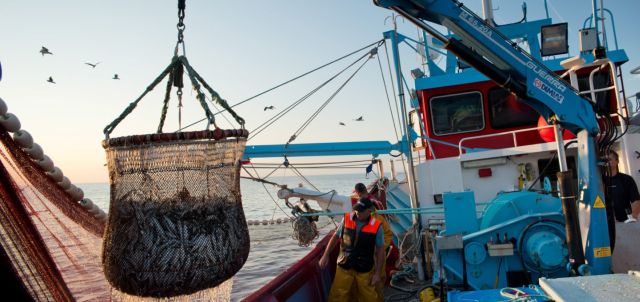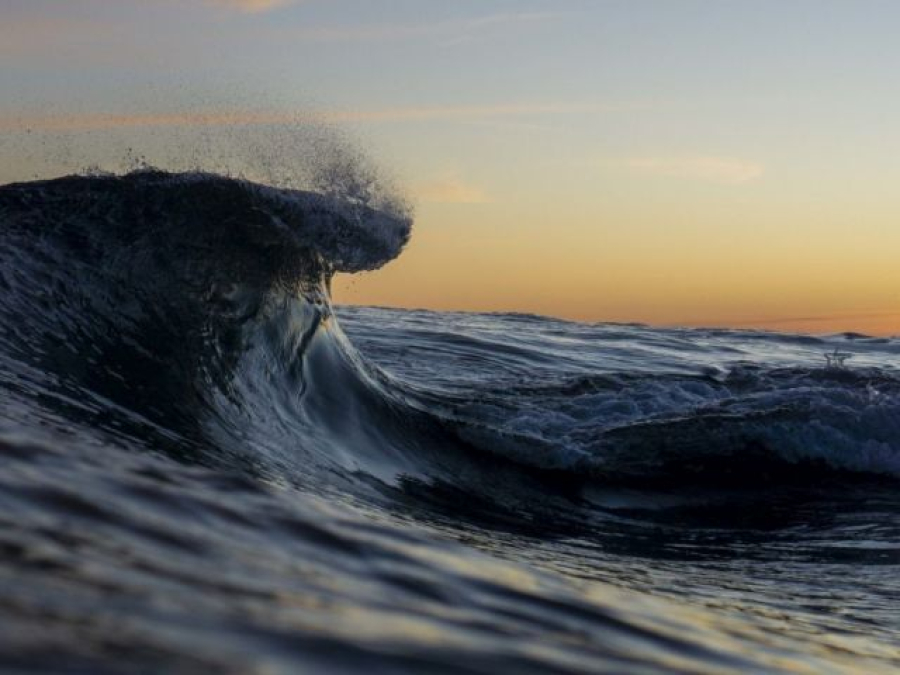The international waters of the High Seas, that lie outside any country’s exclusive economic zone (EEZ), make up 64% of our global ocean and cover 46% of Earth’s surface. Nearly half of our planet is beyond the reach of any enforceable law or governance. It is estimated that just 1.3% of the High Seas is protected, compared to 17% of the land.
In March 2022, representatives of the world’s governments gathered at the United Nations in New York to negotiate the final terms of a new High Seas Treaty on the conservation and sustainable use of marine biodiversity in areas beyond national jurisdiction (the BBNJ). Unfortunately, member states failed to reach a consensus. An additional round of meetings was held in August of 2022, but still to no avail. “Despite an extra two-week negotiation session, countries ran out of time yet again, stalling over differences on sharing marine genetic resources,” commented an article by China Dialogue.
Now, member states hope to reach an agreement in New York during a new round of negotiations that began on 20 February and is expected to run for two weeks until 3 March.
“With the accelerating climate and biodiversity crises, time is not a luxury we have to put ocean health back on track,” commented Sarah Bevis from the High Seas Alliance in a statement. She added: “This time around, we need to seize the moment and get an ambitious treaty over the finish line, so we can roll up our sleeves and work on the crucial tasks of getting the treaty ratified and implemented.”
If adopted, the legally binding treaty would outline measures to protect global ocean health, foster climate resilience, as well as safeguard food security for people around the world, amongst other factors.

A letter from the High Seas Alliance and other partners to world governments present at the negotiations read: “Expectations are high that all States will accelerate international cooperation and demonstrate the flexibility required to finally deliver a strong and ambitious Treaty, marking the culmination of many years of discussion on this issue.”
It went on to say: “The new Treaty must deliver a set of vital conservation measures and tools to align global governance with modern scientific understanding of ocean ecosystems and the levels of protection required to safeguard them. Through a new, global decision-making body, various sectors and regional interests can be coordinated to ensure due consideration is given to marine biodiversity. This includes legal frameworks to designate marine protected areas (MPAs), including highly and fully protected areas, and strengthen assessment and management of human activities outside protected areas.”
With all eyes on New York in the coming days, the High Seas Alliance implemented a ‘treaty tracker’ to rate each country’s negotiating positions and keep track on the progress of the talks. While at least 49 countries have committed to achieve an outcome at the talks, it is yet to be seen what exactly this will entail. One of the main issues to figure out is how the new international body that would be set up following an agreement, would be working alongside other organisations.
WRITTEN BY
OCEANOGRAPHIC STAFF














